Carnival in Buenos Aires, all the information about one of the most festive and colorful celebrations in the country.
Music, costumes, fun and bright colors are the characteristics that make Carnival stand out. It is one of the most attractive and longest festivities in the city. Celebrated in different parts of the country where costumes, music, lyrics and songs vary depending on the area.
 Through the different streets and avenues of Buenos Aires, you will be able to see the display of corsos and parades with the thousands of murgas that pass by, spreading their rhythm and dazzling spectators with their colored clothes and suits, sequins, glitter and decorations.
Through the different streets and avenues of Buenos Aires, you will be able to see the display of corsos and parades with the thousands of murgas that pass by, spreading their rhythm and dazzling spectators with their colored clothes and suits, sequins, glitter and decorations.
Each of the murgas has a different imprint, its own identity and aesthetics, which is reflected not only in their costumes and characteristic colors, but also in their songs, music and dances.
Although it is a festivity that is celebrated throughout the country, in Buenos Aires it is the only city where each neighborhood has one or more murgas, which, in parades, change places of presentation, visiting all the parades of the city. In other cases, such as the famous Gualeguaychú corsódromo in Entre Ríos, there are not several sites or stages per neighborhood, but a single place forms the space for the parade of all the murgas and comparsas.
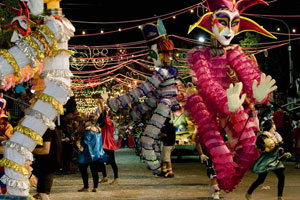 The murgas were declared as Cultural Heritage of the City of Buenos Aires in 1997, and each one is distinguished from the others. Their songs and melodies are an ensemble of humor and joy, with overtones of social and historical criticism.
The murgas were declared as Cultural Heritage of the City of Buenos Aires in 1997, and each one is distinguished from the others. Their songs and melodies are an ensemble of humor and joy, with overtones of social and historical criticism.
While the murgas display their magic through the neighborhoods, many people who attend the parades enjoy different activities such as contests, body painting, games, as well as having fun with foam or water. Being a festivity that happens in the middle of February, summer season in Argentina, it is an excellent excuse to cool off a bit. Don’t be surprised if someone throws foam in your path, it’s the joke of the carnival!
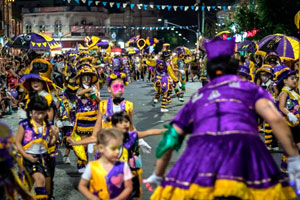 Carnival is celebrated in public and open places such as squares, avenues, amphitheaters or parks. On the last day of Carnival, it is celebrated en masse in the Plaza de Mayo.
Carnival is celebrated in public and open places such as squares, avenues, amphitheaters or parks. On the last day of Carnival, it is celebrated en masse in the Plaza de Mayo.
Its beginnings occurred at the end of the 19th century, quickly becoming popular in all the neighborhoods of the city of Buenos Aires. It stands out for being a celebration that is marked by the social reality of the time in which it arises, dramatizing those daily problems of the groups of the Buenos Aires society of yesteryear.
Over time, there were those who wanted to silence the Carnival along with those voices that found a different way to express their problems, but managed to impose themselves as an annual festivity that knows no limits or silences.
 Currently, the places where it is celebrated are transformed into meeting, dance and party spaces. Drums, bass drums, cymbals, trumpets and lefties are in charge of honor in bringing rhythm and melody to this celebration.
Currently, the places where it is celebrated are transformed into meeting, dance and party spaces. Drums, bass drums, cymbals, trumpets and lefties are in charge of honor in bringing rhythm and melody to this celebration.
More than 100 murgas parade each year, displaying their carnival art throughout the month of February. Carnival is celebrated on Saturdays from 7:00 p.m. to 02:00 a.m. and Sundays from 7:00 p.m. to 12:00 a.m., with free admission and suitable for all audiences.
On the last Sunday of Carnival, to close this celebration, a celebration is held in the Plaza de Mayo from 3:00 p.m. to 10:00 p.m. with a great display and a huge procession between the Avenue of May and 9 of July. That day, you will find children’s shows, food stalls and the best murgas parade you can see!
Given this festivity, there are two days in February out of work. For this reason, we invite you to check the date depending on the year, since it varies, but they are always located between the last days of February.
Here we tell you about more ephemeris and important dates so you don’t miss any holidays!
To learn more about Buenos Aires, we invite you to join our Free Tours around the city here!

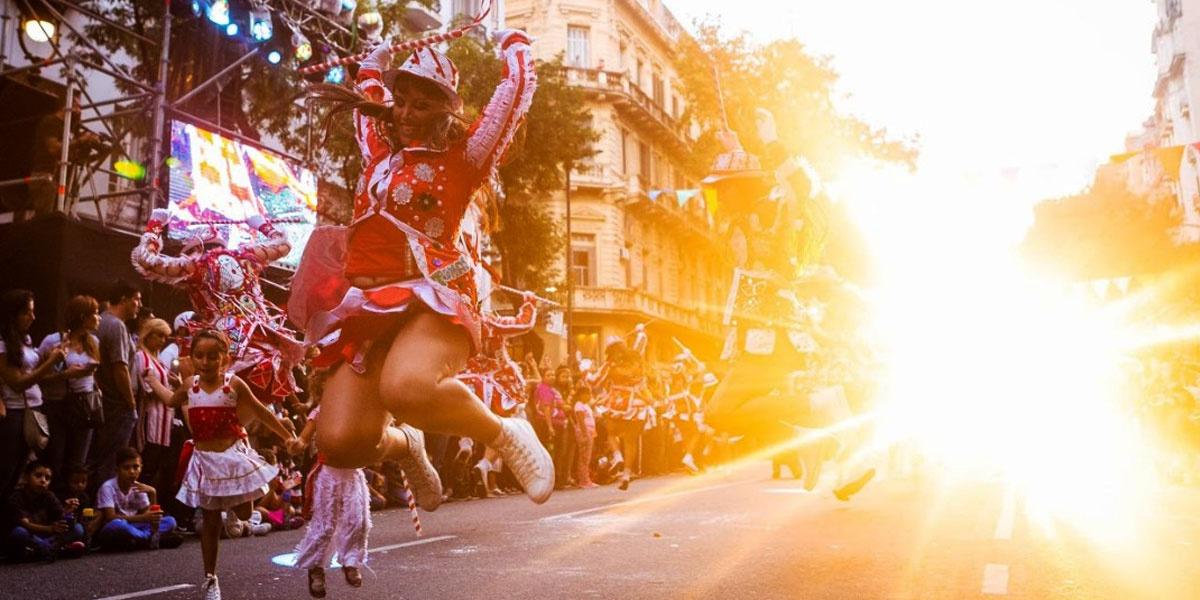

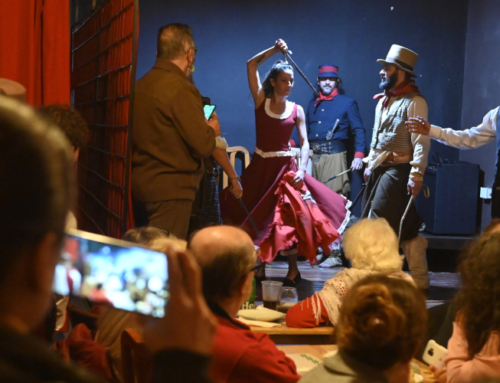

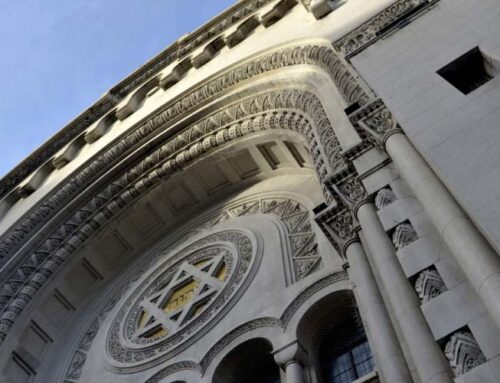
Leave A Comment